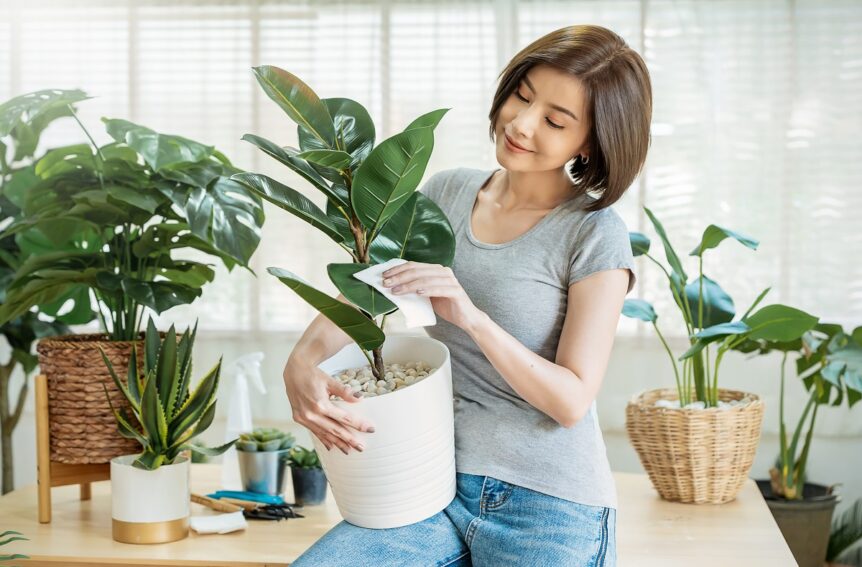Ever wonder if there are unconventional ways to make your home more eco-friendly without breaking the bank? Let’s explore some lesser-known, yet highly effective methods that might seem taboo but can seriously boost your home’s sustainability.
1. Using Greywater for Toilets
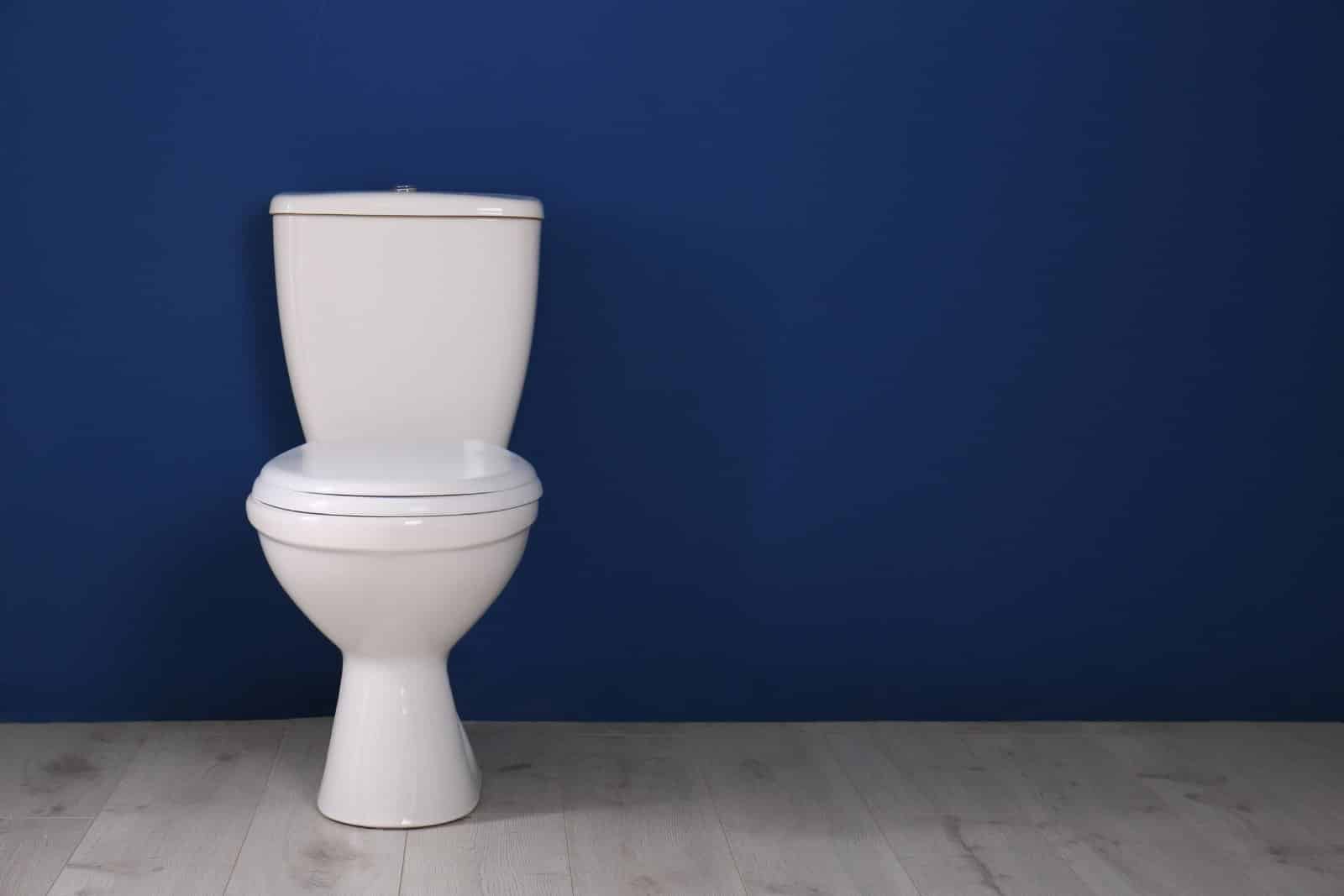
Image Credit: Shutterstock / New Africa
Reusing water from sinks and showers to flush toilets might sound odd, but it can save gallons of fresh water every day. It’s an easy way to reduce water waste without sacrificing hygiene.
2. Composting Human Waste
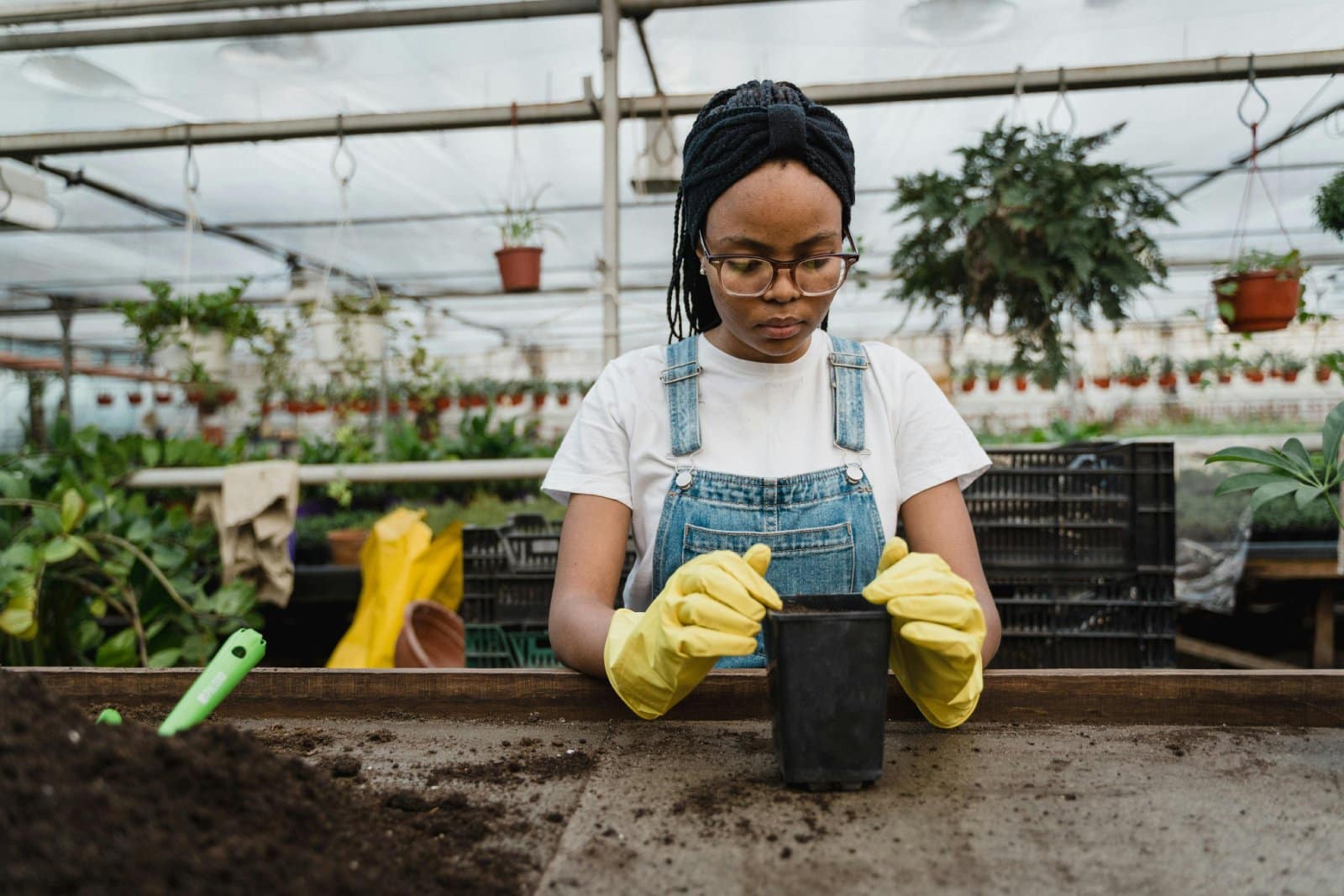
Image Credit: Pexels / Tima Miroshnichenko
Composting toilets are a fantastic way to turn human waste into usable compost. It’s a bit unconventional but offers a significant reduction in water usage and provides free fertilizer for your garden.
3. Collecting Rainwater
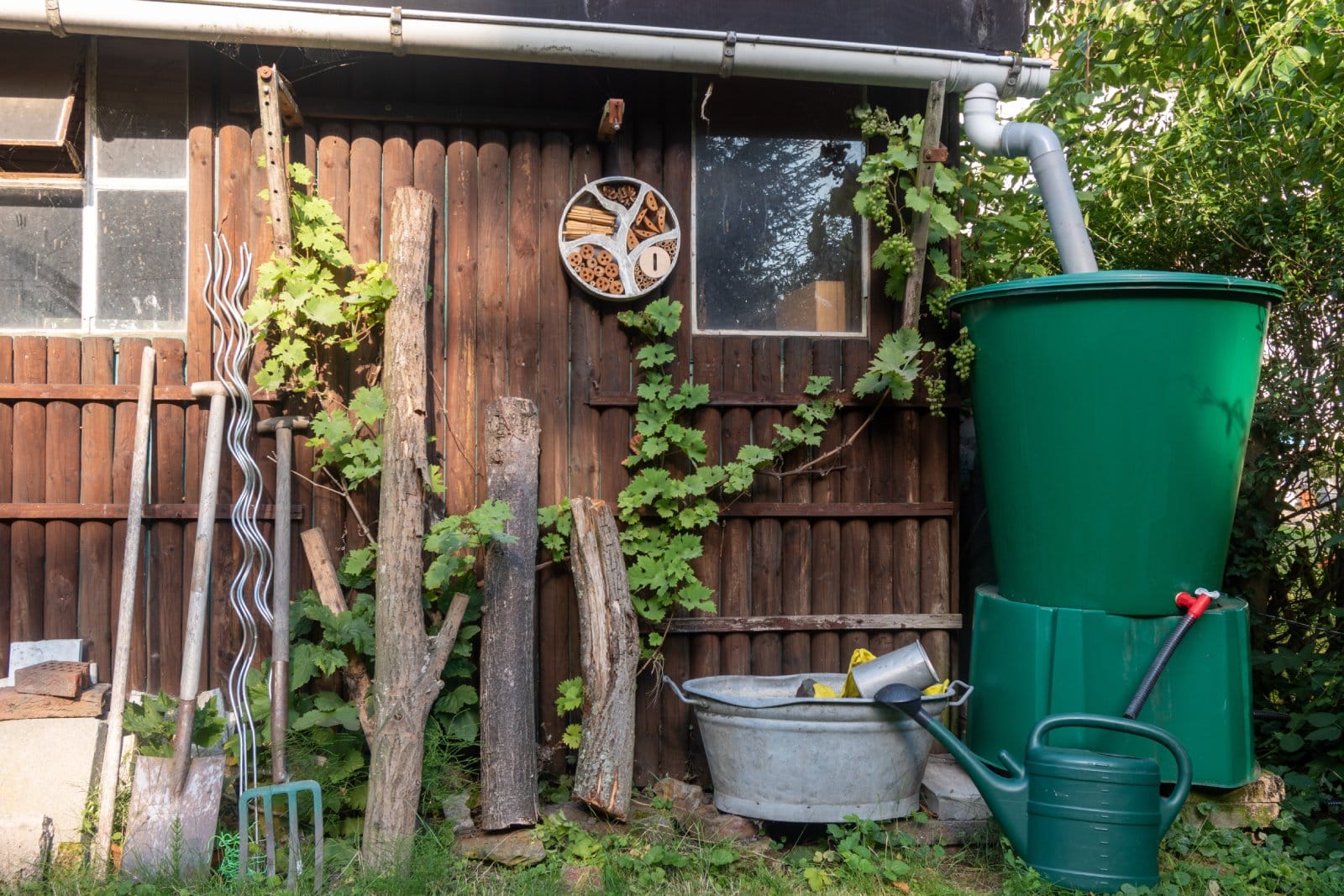
Image Credit: Shutterstock / Delovely Pics
Rain barrels aren’t just for the hardcore eco-warriors. Collecting rainwater for gardening and other outdoor uses is a smart way to cut down on your water bill and conserve a vital resource.
4. Insulating with Straw Bales

Image Credit: Pexels / Mike Bird
Using straw bales as insulation is an old-school method that’s making a comeback. It’s highly effective, affordable, and surprisingly eco-friendly.
5. Building with Recycled Materials
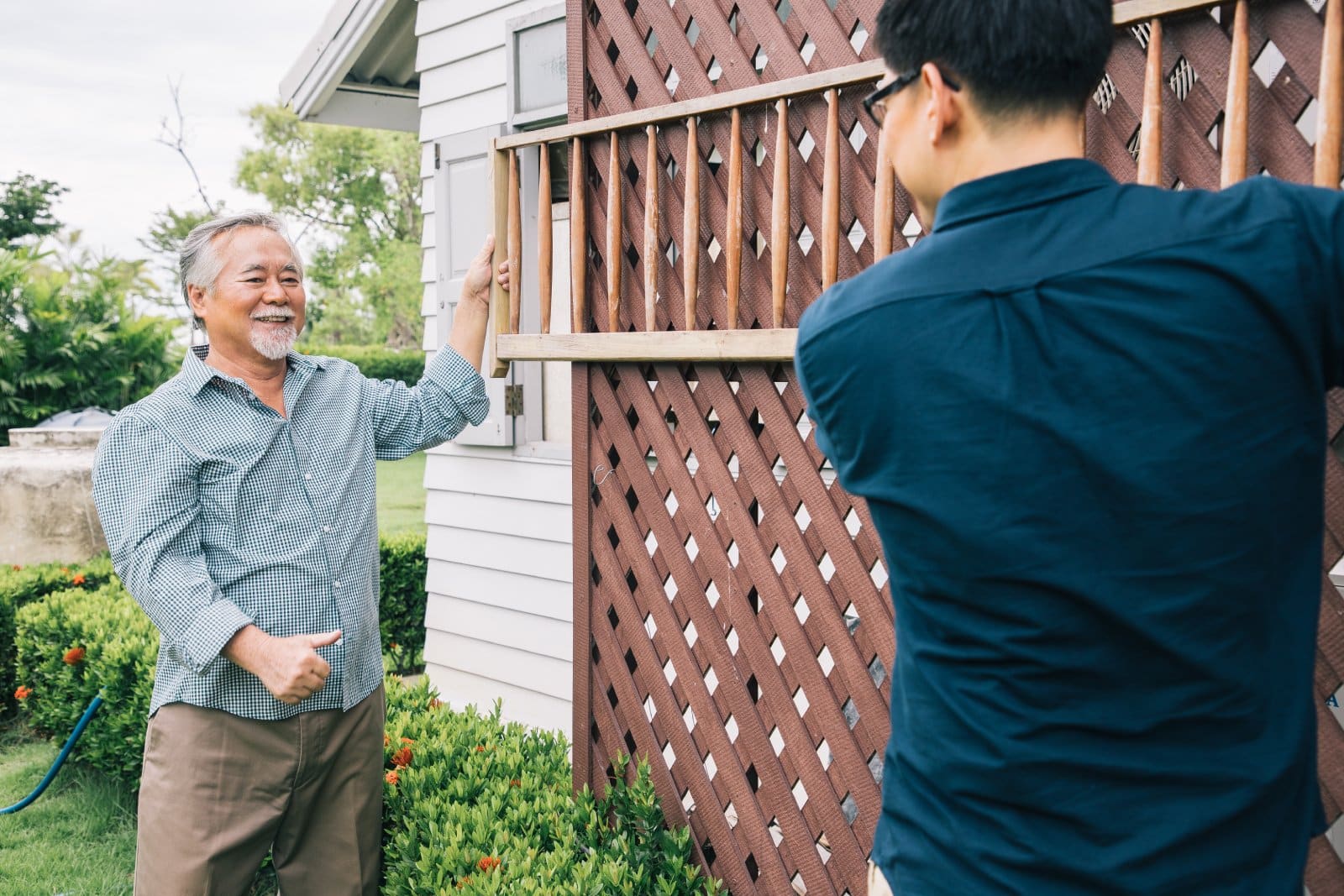
Image Credit: Shutterstock / Manop Boonpeng
From reclaimed wood to recycled metal, building with second-hand materials not only cuts costs but also reduces the demand for new resources.
6. DIY Natural Cleaners

Image Credit: Shutterstock / Grzegorz Zdziarski
Forget expensive, chemical-laden cleaners. Use vinegar, baking soda, and lemon to make powerful, natural cleaning solutions that are better for your home and wallet.
7. Growing Food Indoors
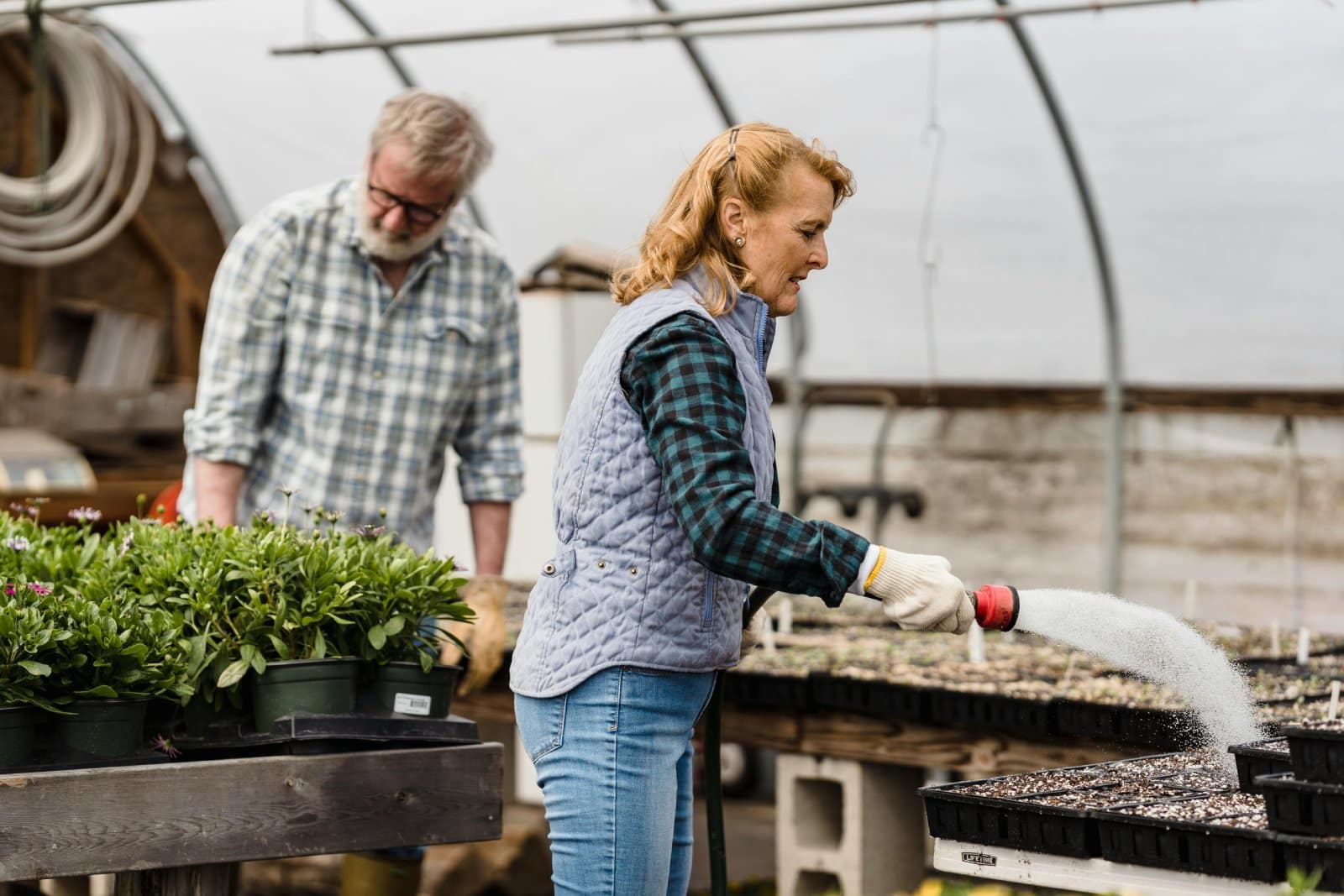
Image Credit: Pexels / Greta Hoffman
No yard? No problem. Hydroponics and vertical gardens can turn any indoor space into a food-producing powerhouse, reducing your grocery bill and carbon footprint.
8. Solar Air Heaters

Image Credit: Shutterstock / kostasgr
Make your own solar air heater with some basic materials and a bit of DIY spirit. It’s a cost-effective way to reduce your heating bills during the colder months.
9. Using Reusable Cloths
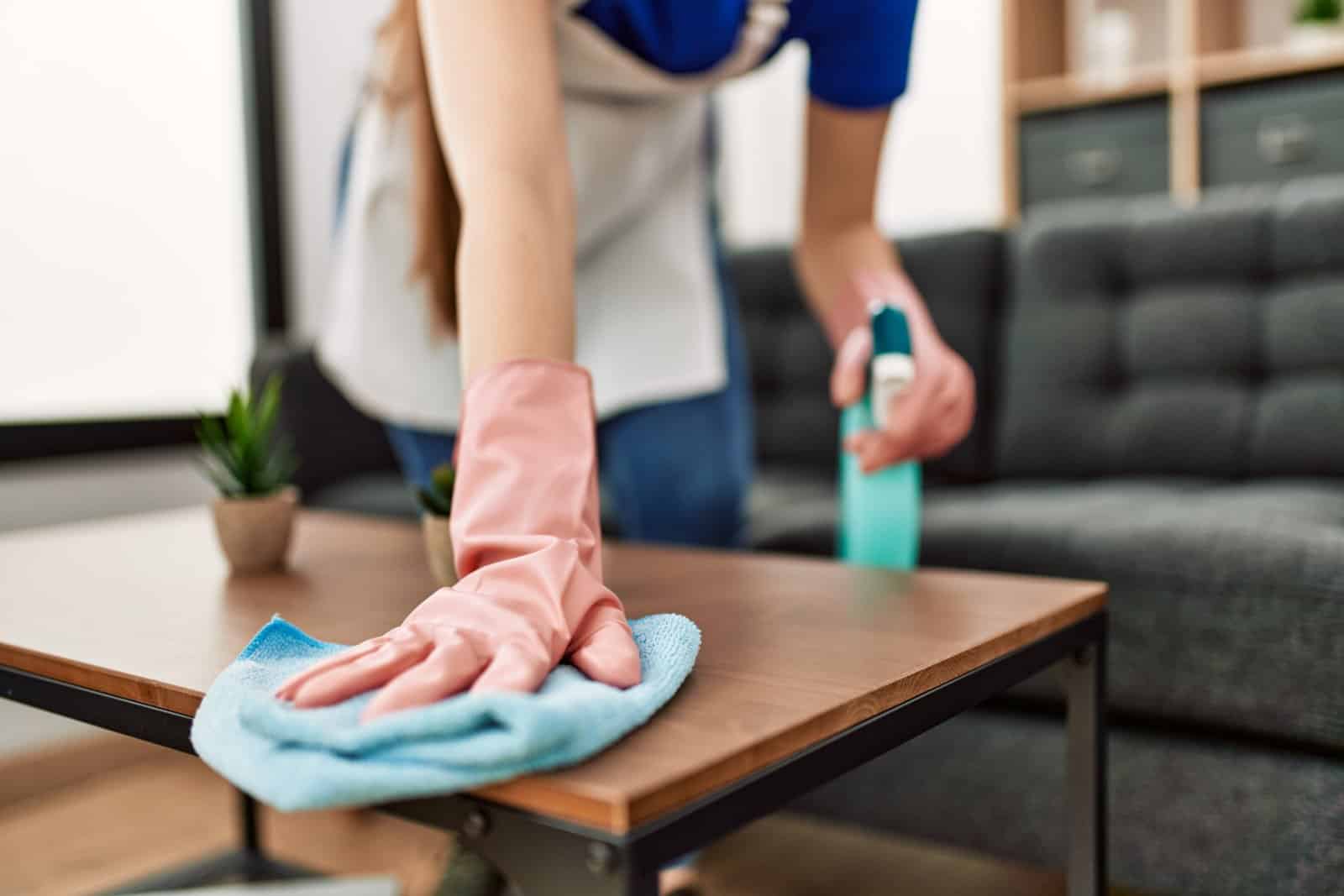
Image Credit: Shutterstock / Krakenimages.com
Paper towels are convenient but wasteful. Switch to reusable cloths for cleaning and save both money and trees.
10. Embracing Minimalism

Image Credit: Shutterstock / Monkey Business Images
Less stuff means less waste. Embrace minimalism to reduce clutter, lower your consumption, and focus on quality over quantity.
11. Making Your Own Personal Care Products
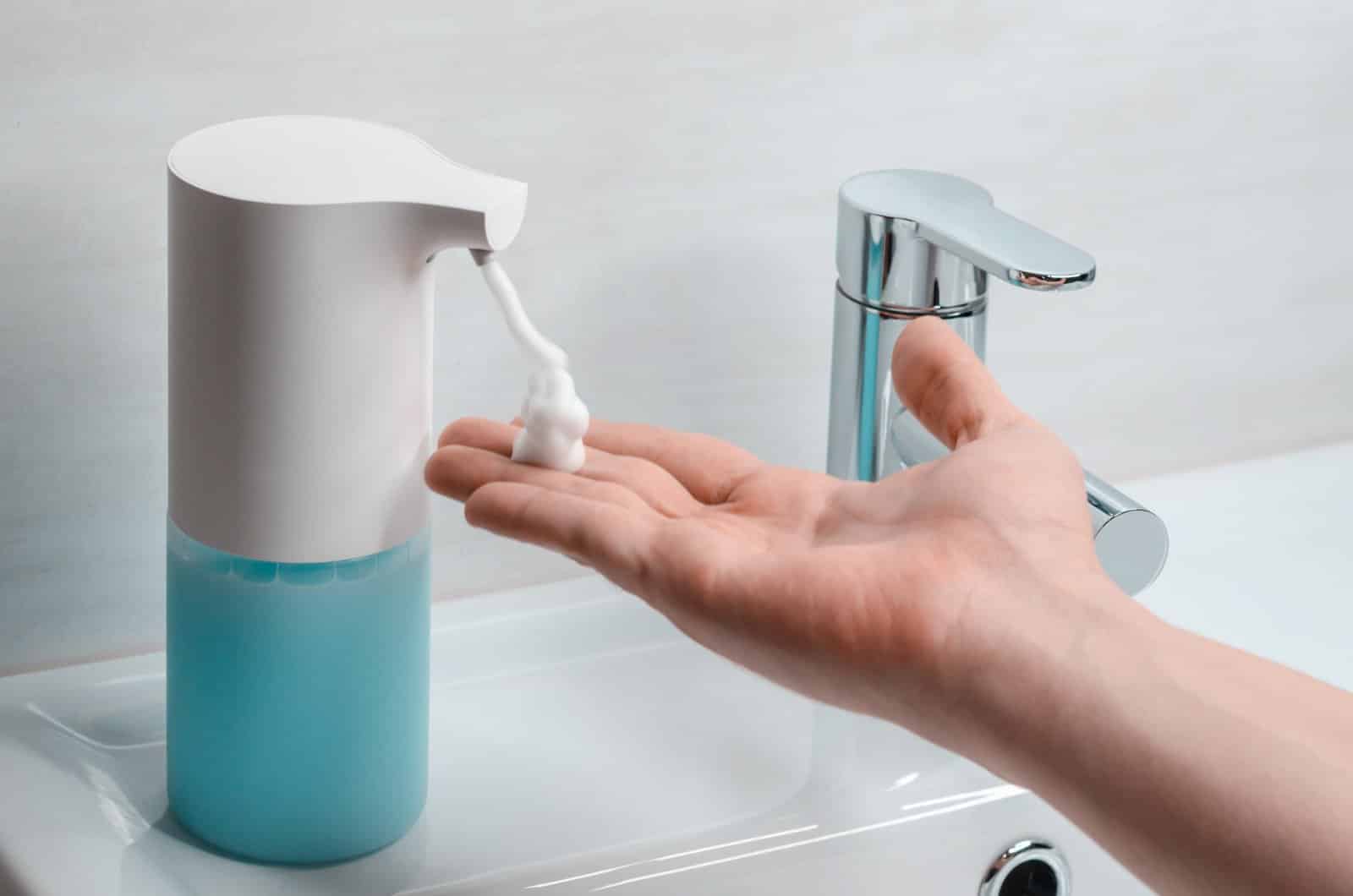
Image Credit: Shutterstock / IgorUS
DIY your shampoo, soap, and lotions with natural ingredients. It’s healthier for you and the environment, plus it cuts down on plastic waste.
12. Installing a Living Roof
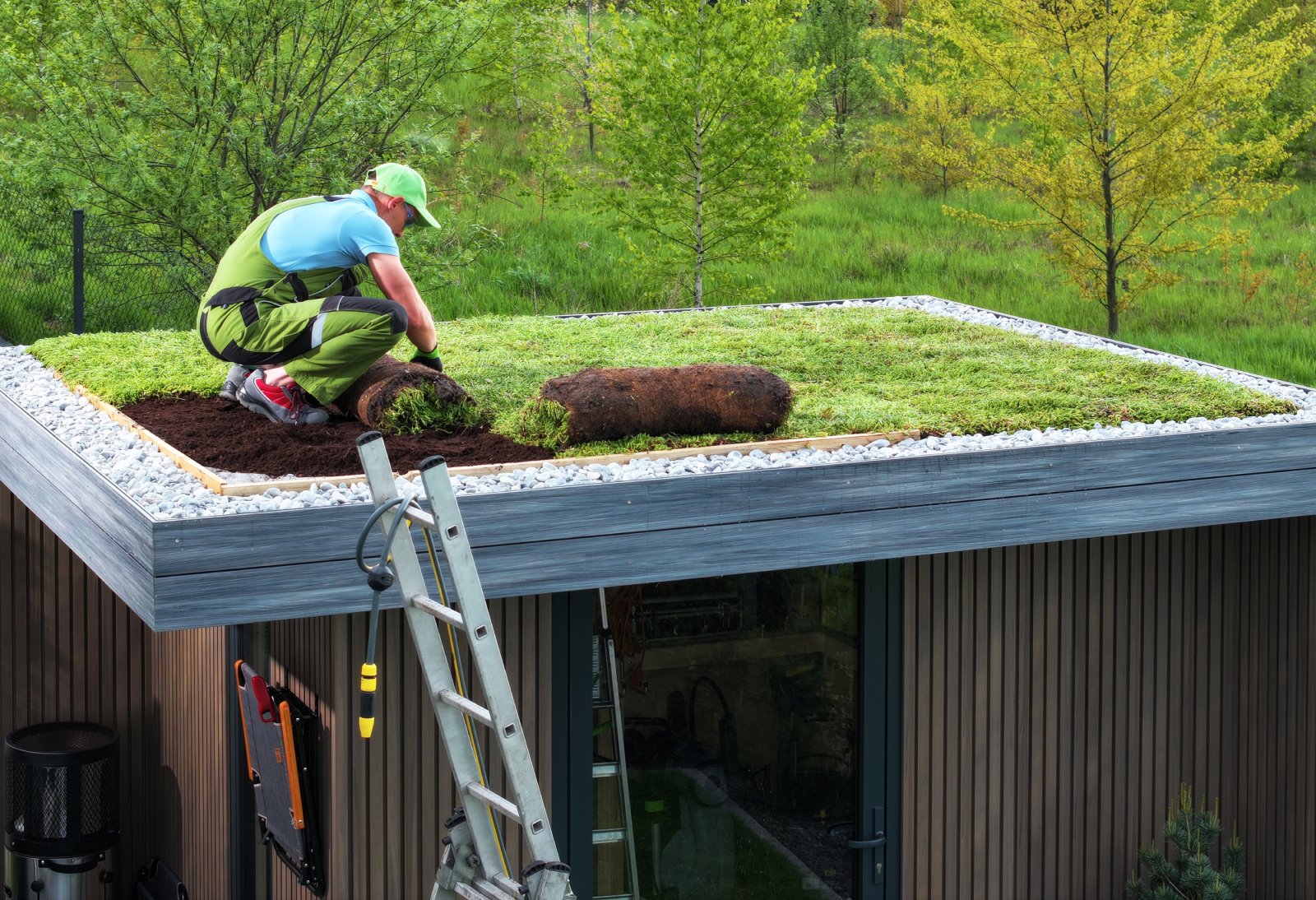
Image Credit: Shutterstock / Virrage Images
A green roof, covered with vegetation, can insulate your home and reduce energy costs. It also provides a haven for local wildlife and improves air quality.
13. Using a Clothesline
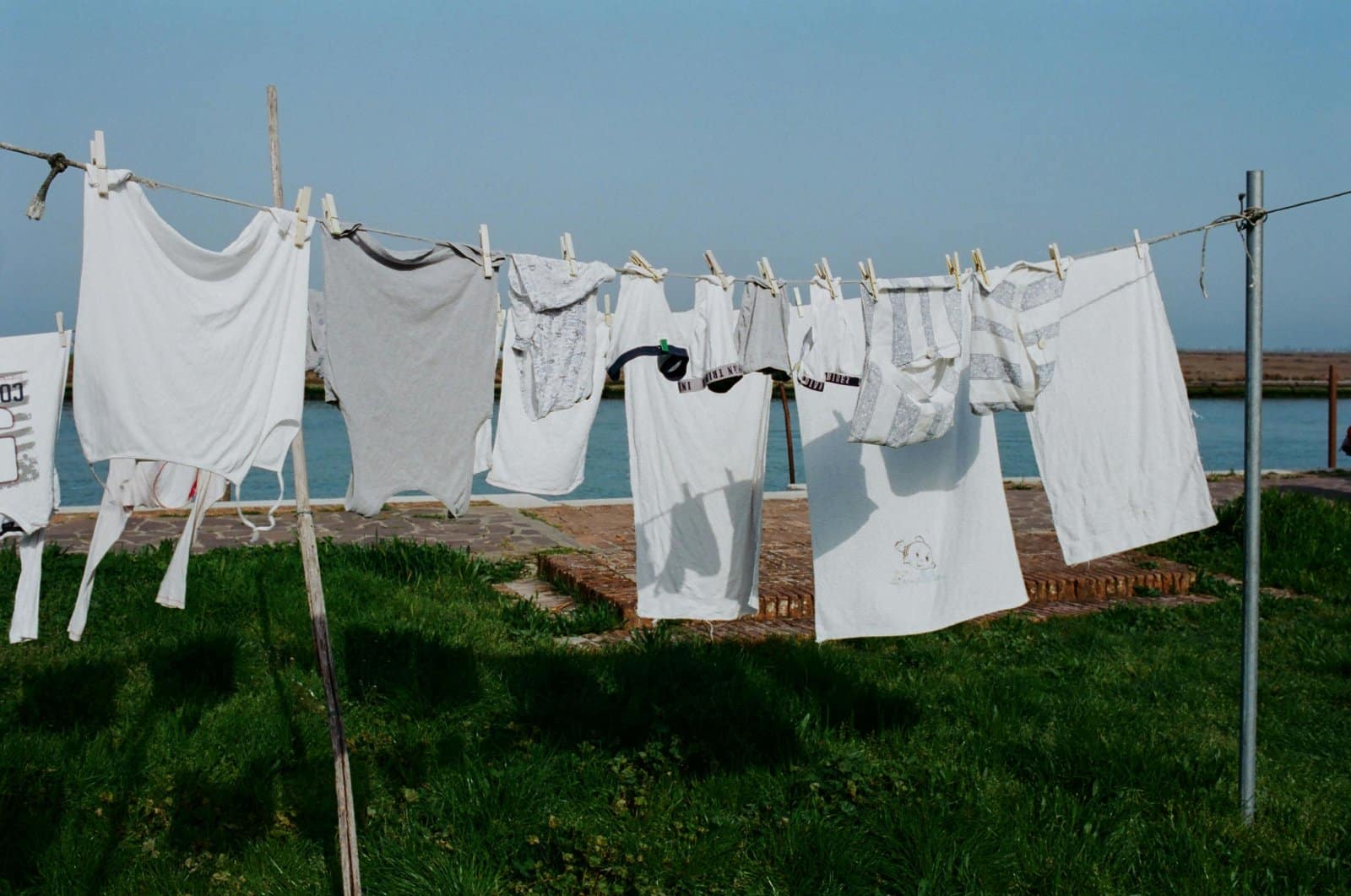
Image Credit: Pexels / Olga Lioncat
Ditch the dryer and hang your clothes to dry. It saves electricity and your clothes will last longer without the wear and tear of machine drying.
14. Creating a Passive Solar Home

Image Credit: Shutterstock / Perfect Wave
Design or renovate your home to take advantage of passive solar heating. Proper window placement and thermal mass can keep your home comfortable year-round without extra energy costs.
15. Homemade Insulation

Image Credit: Shutterstock / Patryk Kosmider
Insulate your home with natural materials like wool or even denim. It’s a great way to reuse old clothes and improve your home’s energy efficiency.
Going Green the Unconventional Way
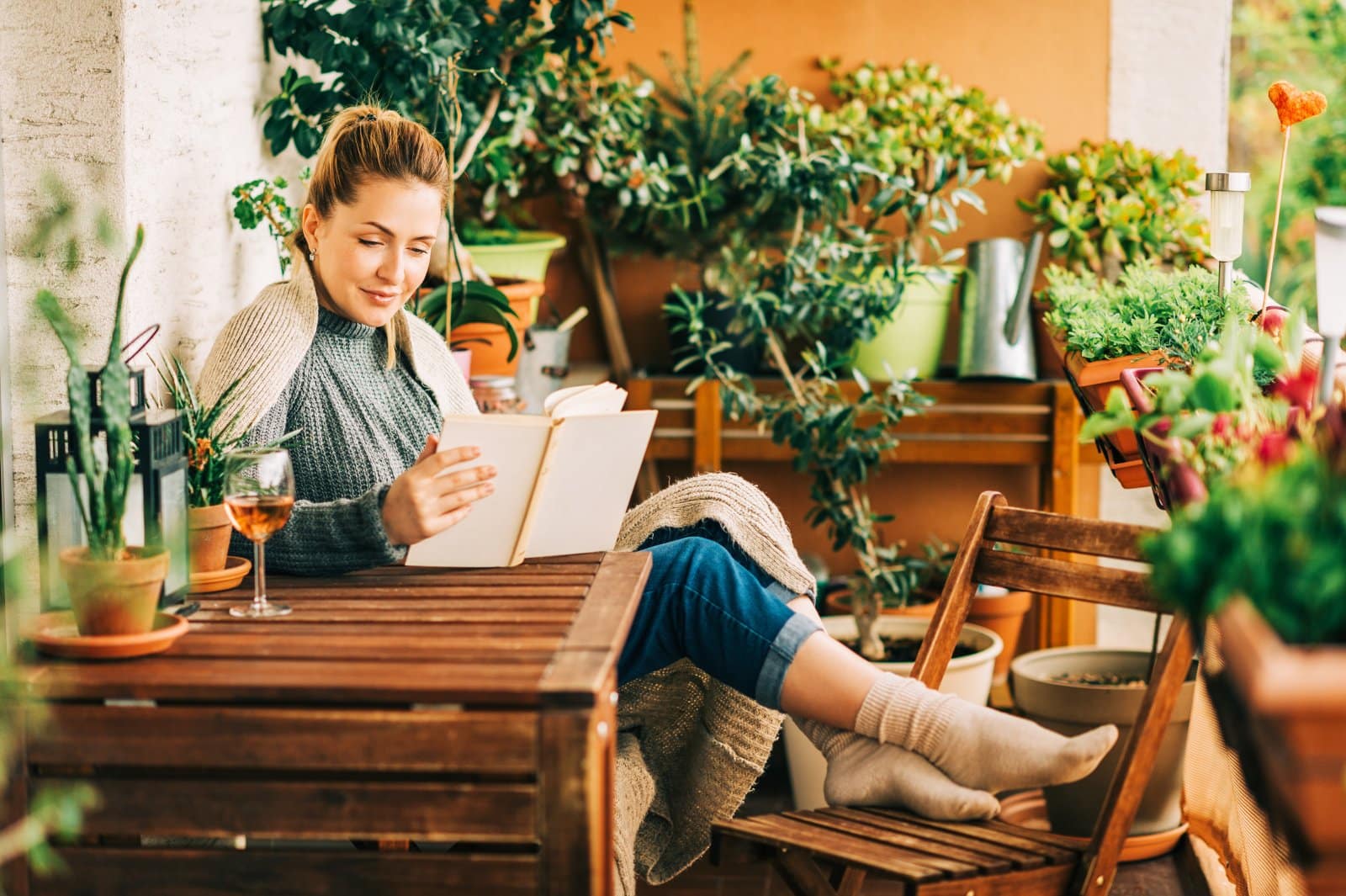
Image Credit: Shutterstock / Anna Nahabed
Who knew that living sustainably could be so practical and cost-effective? By thinking outside the box and embracing these unconventional methods, you can make a real difference in both your wallet and the environment. So why not give it a try?
Featured Image Credit: Shutterstock / paulaphoto.
The content of this article is for informational purposes only and does not constitute or replace professional financial advice.
For transparency, this content was partly developed with AI assistance and carefully curated by an experienced editor to be informative and ensure accuracy.

